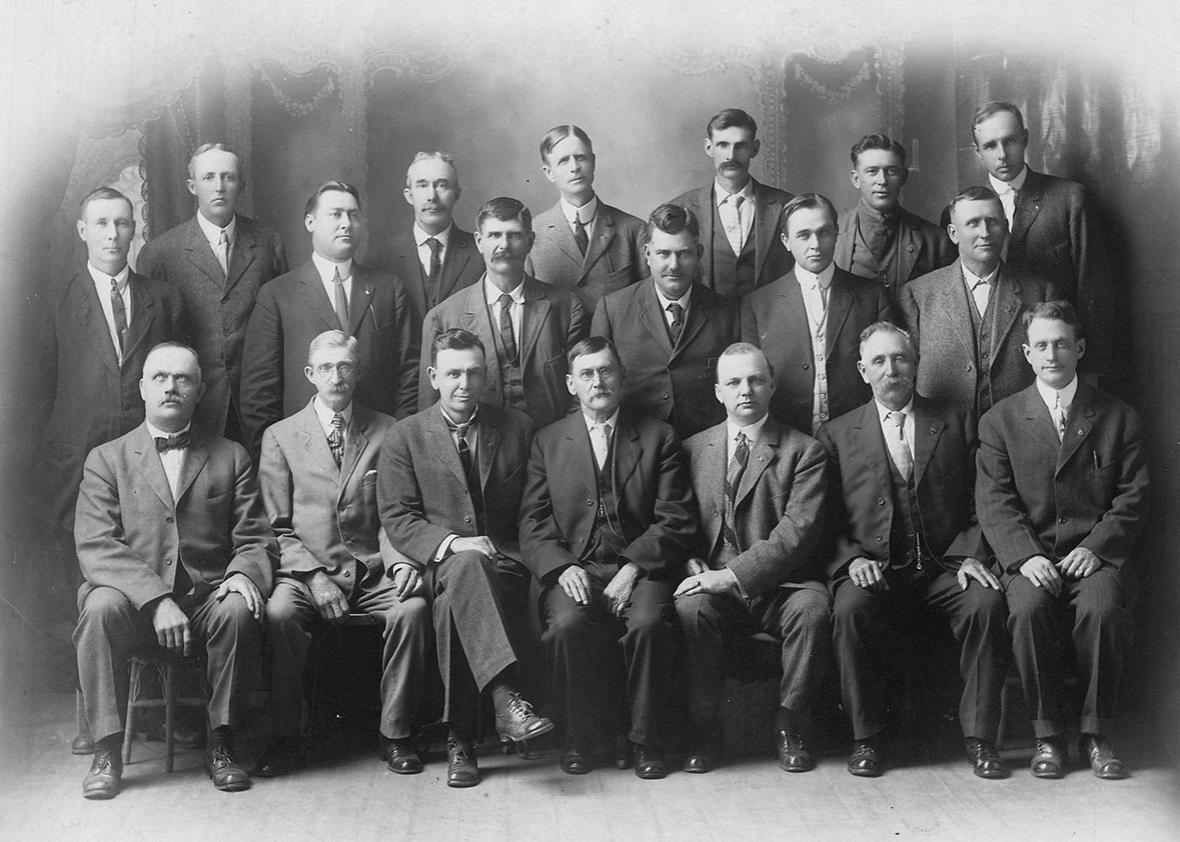On Monday, the Supreme Court will hear oral arguments in a case involving outrageous racism at the death penalty trial of Timothy Tyrone Foster, a black man accused of killing a white victim. During jury selection, the prosecutor referred to three black prospective jurors as “B#1,” “B#2,” and “B#3” in his notes, and consulted with an investigator who warned him that he should avoid “having to pick one of the black jurors.” The prosecutor ultimately struck every black candidate from the jury pool until only whites remained.
Eliminating jury candidates because of their race is unconstitutional, as the Supreme Court has ruled over and over again. This kind of blatant racism by prosecutors sworn to uphold the law might sound like a once-in-a-lifetime mishap. It’s not. Exactly one week before arguments in Foster’s case, the Ninth Circuit overturned the conviction of another black man, Steven Crittenden, accused of killing a white victim and sentenced to death by an all-white jury. Taken in isolation, each case is deeply troubling. Taken together, Foster and Crittenden provide a glimpse into a criminal justice system infected with barely concealed racial bias.
Crittenden was arrested on suspicion of murdering a wealthy white couple, William and Katherine Chiapella, in the majority white town of Chico, California in 1987. The couple had hired Crittenden to do yard work, though he never showed up. A footprint in their house matched Crittenden’s shoe, and Crittenden cashed a $3,000 check from the Chiapellas the day after their murder. Crittenden claimed he had a sexual arrangement with Katherine Chiapella, further fueling the fraught racial undertones of the case. The jury convicted him and sentenced him to death.
But there was a problem: Not a single black person sat on the jury.
That wasn’t an accident. The jury pool initially included one black person, Manzanita Casey. On paper, Casey was, in one court’s words, a “model prosecution juror according to [the prosecutor’s] own criteria,” a married, churchgoing homeowner who proclaimed to be concerned about drugs and street gangs. In court, she remained a strong candidate, professing personal distaste for the death penalty but acknowledging that if the crime was “really bad … I don’t think I would hesitate” to impose it.
In his notes, the prosecutor rated Casey “XXXX,” his worst rating for prospective jurors, and quickly struck her. He now claims he struck her because of her ambiguous views on capital punishment. Yet his notes plainly belie this rationalization: He rated at least five other jurors either ✓✓ or ✓✓✓ despite their similar equivocations about the death penalty. In fact, several of these jurors openly opposed capital punishment—yet they still received positive marks and served on the jury. Each was similar to Casey in every way but one: They were white, and she was black.
In reversing Crittenden’s conviction, the Ninth Circuit wrote that “the wide disparity between [Casey’s] rating and the ratings of comparable white jurors” provides “sufficient evidence” to glean racial bias. That’s the right decision, of course—but the court’s reliance on some notes that just happen to have been preserved for 26 years isn’t exactly comforting. Study after study demonstrates that all-white juries are significantly more like to convict black defendants than juries with even one black member. The Supreme Court has said that it doesn’t care about these studies, only specific instances of prosecutorial bias. And without concrete proof of bias, illegal prejudice in jury selection can be effectively impossible to prove.
The Supreme Court first recognized that race-based jury strikes violate the Constitution’s Equal Protection Clause in 1880. Yet here we are in 2015, dealing with two back-to-back cases that present the same unmistakable evidence of racial bias—and which took roughly a quarter-century each to resolve. The Ninth Circuit’s ruling for Crittenden was undoubtedly a victory for equal justice, as would be a Supreme Court decision in favor of Foster later this term. But it’s difficult to shake the suspicion that there are thousands of Fosters and Crittendens in prisons across the country whose prosecutors were clever enough to hide evidence of their racial prejudice.
Viewed in that light, Crittenden doesn’t stand for the importance of equal protection, or the power of courts to resolve racial injustice. It simply reaffirms what most prejudiced prosecutors surely know already: If you’re going to use racism at trial, don’t leave a paper trial.
